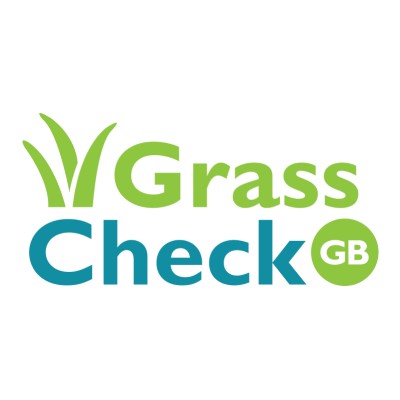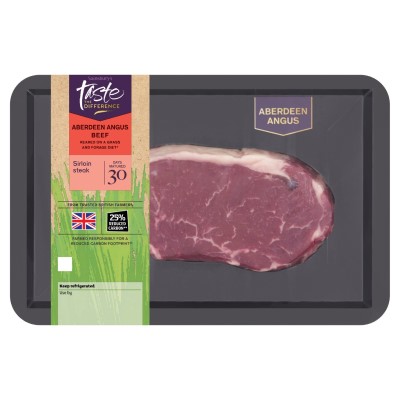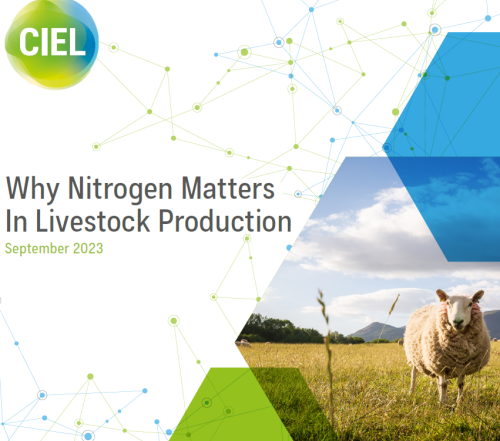CIEL | Highlands fare better with help of rotational grazing
In the Highlands of Scotland, Jock Gibson believes a combination of rotational grazing and a less severe drought than elsewhere in the UK, have helped maintain his grass growth.
Farming 121ha (300 acres) at Edinvale Farm in Dallas, he’s found that taking part in GrassCheckGB has provided the discipline to ensure grass is measured routinely and the knowledge to get more from his swards.
With 80 Highland and Shorthorn suckler cows and 140 followers, he says: “We know we can increase our grass yields and stocking rate, without a doubt.”
His confidence comes from the wide discrepancies in grass yields between fields on the farm and he’s been keen to investigate the reason.
He says: “In some paddocks, we have grown 10 tonnes DM/ha but in another – just two minutes’ walk away and with just the same soil and stock and management – we have only produced six tonnes DM/ha, highlighting the area may need attention.”
This year, growth across the grazing platform peaked at around 80kg DM/ha/day in late May, but was as low as 26kg DM/ha/day in summer. This, and the average growth rate of 50kg DM/ha/day over the growing season, is mirrored across Scotland which had the best grass growth this year in Britain.

Based on the experience of previous dry summers, longer covers tended to be maintained.
“We’ve found that slightly longer covers hold moisture better and help prevent poaching, and my gut feeling is that recovery is better,” he says. “In previous years we would have aimed for a 1,600-1,800kg DM/ha residual after grazing but this year we tried to leave 2,000-2,200kg DM/ha, after entering covers of 3,000kg DM/ha.”
Another feature of the year was a complete absence of bagged nitrogen, which was dropped from the system on the basis of cost.
“Silage yields were down about 30 per cent, but if we’d used fertiliser to make it, I reckon each extra round bale made would have cost us £45 in fertiliser alone,” he says.
With all finished stock destined for Macbeth’s, the family’s own butcher’s shop, and sold with Pasture for Life branding, he says: “I can’t make the figures stack up with fertiliser at current prices on a grass and forage system.”
Fewer inputs this year have also meant there are less forage stocks for winter and a poorer crop of mixed brassicas which are grown for winter grazing. For this reason, grazing paddocks will be closed for winter as late as possible to gain maximum output from the grass.
He says: “We’ve just started our last grazing round [mid-October] with the grazing platform averaging 2,700kg DM/ha.
“We normally close everything up on 1 November but silage is tight, and I’ll also be striking a balance between grazing for as long as we can and having enough grass at turnout.”








